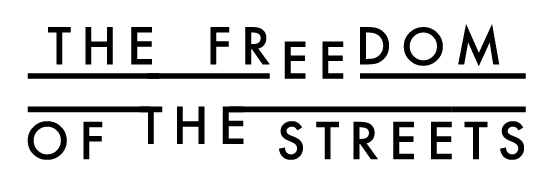Mobility patterns in Amsterdam
/In 1766, the first address book of all merchants within the city of Amsterdam (Naamregister van alle de heeren kooplieden der stad Amstelredam) was published. With this book commenced the listing of all merchants within the city, covering of which goods they were negotiating and trading off, and their addresses. The book continued annually over half-century, aiming at being as inclusive as possible so as to be the most profitable for both parties (i.e., publisher and the merchants). As of today, these books are available as scans at the Amsterdam City Archives within the collection of "Koopmansboekjes"; Naamregister van alle de heeren kooplieden der stad Amstelredam.
This map is a spatial extraction from the Naamregister of the year 1784. It examines mobility pattern of the merchants listed in the book. It uses the hints declared per merchant when indicating their residential and business locations.
The routes are semi-automatically extracted and visualized calculating shortest route on the historic map tile of Gerrit de Broen (1724) which is made available by Amsterdam Time Machine.
In this visualisation, the geocoded data is limited since not every merchant declared their places of residency and work, but the historic pattern still points the great variety in distance, covered area and trespassed neighbourhood in terms of everyday mobility.

This work is licensed under a Creative Commons Attribution-NonCommercial-NoDerivatives 4.0 International License.
Work in progress. OCR conversion by Leon van Wissen from CREATE Amsterdam, data cleaning by Demi Tuijp, data structuring, extraction and geo-visualisation by Gamze Saygi.

